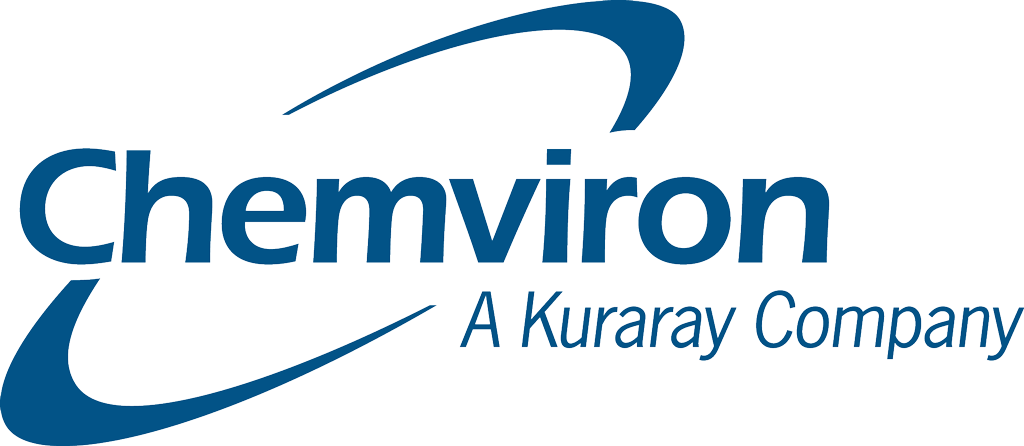Ensuring that we can always breathe fresh clean air is critical to our wellbeing so preventing unwanted odours, contaminants or harmful pollutants into our air is always a concern.
In public buildings or offices, fire safety and energy efficiency are regularly rated and audited for occupational safety requirements, however, indoor air quality (IAQ) has often not been considered.
Why is this A Concern?
Airborne pollutants take many forms including chemical vapours, often better known as Volatile Organic Compounds (VOCs) such as formaldehyde, and inorganic vapours such as ammonia, sulphur gases, dust, and particulate matter.
Typical sources of these pollutants include manufacturing facilities, cooking & waste processes and vehicle exhaust fumes. Traffic emissions are also a dominant source of NO2 and those inside vehicles are exposed to contaminated air circulated through ventilation systems or open windows.
Within the working environment or office premises, sources of air pollution may include new furnishings, paint, sprays, varnishes, and fugitive emissions from production processes.
In addition, some manufacturing processes require clean rooms where the incoming air must be clean and free of contaminants.
Noxious gases and VOCs, which may only be present in the air in relatively low concentrations, are known to hurt human health and are associated with various illnesses and chronic respiratory diseases. Indoor air quality is also known to impair cognitive functions and response times.
Regulations to Reduce Emissions
The European Environment Agency (EEA) considers air pollution to be the largest environmental health risk in Europe and has created legislation to reduce emissions from harmful air pollutants.
The National Emission Reduction Commitments Directive (NECD) sets national emission reduction commitments for Member States and the EU for five important air pollutants: nitrogen oxides (NOx), non-methane volatile organic compounds (NMVOCs), sulphur dioxide (SO2), ammonia (NH3) and fine particulate matter (PM2.5). These pollutants contribute to poor air quality and significant negative impacts on human health and the environment.
Every year, the EEA also publishes an annual status briefing summarising the most recent reported data and progress of EU Member States in meeting their emission reduction commitments. One of the biggest challenges indicated for 2020-2029 is reducing ammonia emissions with the agriculture sector considered as a principal source the vast majority of which comes from livestock manure.
Airborne Pollutants and Activated Carbon
Activated carbon is an ideal and versatile treatment solution to remove airborne emissions.
Most organic pollutants such as VOCs are readily physically adsorbed onto activated carbon. However, inorganic gases – ammonia (NH3), hydrogen sulphide (H2S) and sulphur dioxide (SO2) or low molecular weight organics may require an additional process known as chemisorption as they are not adequately adsorbed by physical adsorption alone.
The chemisorption of such pollutants can be significantly enhanced by impregnating the base or feedstock-activated carbon with specialised chemical solutions. These chemical compounds then react with the pollutants to effectively neutralize them. Impregnation improves the overall performance of activated carbon for various chemical pollutants.
The quality and properties of the activated carbon feedstock used for the impregnation, typically in granular or pellet forms, are essential to realise the end product performance and quality. The impregnation technique and the chemical solution will then vary according to the pollutants or contaminants that need treatment.
It is then important to ensure that impregnants are finely dispersed throughout the activated carbon. It’s not enough to add a certain quantity of a chemical and hope it will work as an effective adsorption capacity for the desired airborne pollutants. Optimisation of the impregnant placement is important and will depend on the application involved and the performance required. The impregnation process chosen, however, is always a fine balance between the loss of physical adsorption capacity due to the addition of impregnant versus the enhanced chemisorption from the impregnation process.
What Air Pollutants Can Be Removed Using Activated Carbon?
The capacity of an impregnated carbon to remove air pollutants by chemisorption is less dependent on the contaminant concentration but more on the impregnant levels, the impregnation process itself and how the chemical reactions work.
Some of the typical air pollutants – other than typical VOCs – that can be effectively removed using impregnated activated carbons include the following:
| Acetaldehyde | Ethylene Oxide | Nitrogen Dioxide (NO2) |
| Acid gas | Formaldehyde | Odour |
| Aldehydes | Hydrogen Bromide (HBr) | Oxides of Nitrogen (NOX) |
| Amines | Hydrogen Chloride (HCl) | Ozone |
| Arsine | Hydrogen Cyanide (HCN) | Phosgene |
| Ammonia (NH3) | Hydrogen Fluoride (HF) | Phosphine (PH3) |
| Carbon Disulphide (CS2) | Hydrogen Sulphide (H2S) | Sulphur Dioxide (SO2) |
| Carbonyl Sulphide (COS) | Methylamine | Sulphur compounds |
| Carbon Tetrachloride | Mercaptans (or Thiols) | Triethylamine |
| Chlorine (Cl2) | Mercury Vapour (Hg) | Volatile Organic Compounds (VOC’s) |
| Cyclohexane | Nitric Oxide (NO) |
Many of these pollutants can also be effectively removed from low oxygen, Nitrogen (N2) or Carbon Dioxide (CO2) atmospheres.
How can we help?
As a long-established European producer of specialised impregnated carbons, Chemviron has the technical expertise to advise on the most suitable carbon for the pollutant or pollutants to be removed under given process conditions. The most effective activated carbon will depend on the application, the desired carbon filter performance or treatment objective, the contaminants to be removed, and the relevant flow conditions.
If this is required for a new industrial or exhaust treatment process, why not consider using a mobile carbon filter? These activated carbon filters can be used on-site as an air or gas purification vessel and then transported to and from the site, without needing any on-site activated carbon exchange.
If you need help with the choice of activated carbon, support using our mobile carbon filter service or just some further advice, contact our technical team.
For further information on VOCs, see our related article on ‘’What are Volatile Organic Compounds?’’

